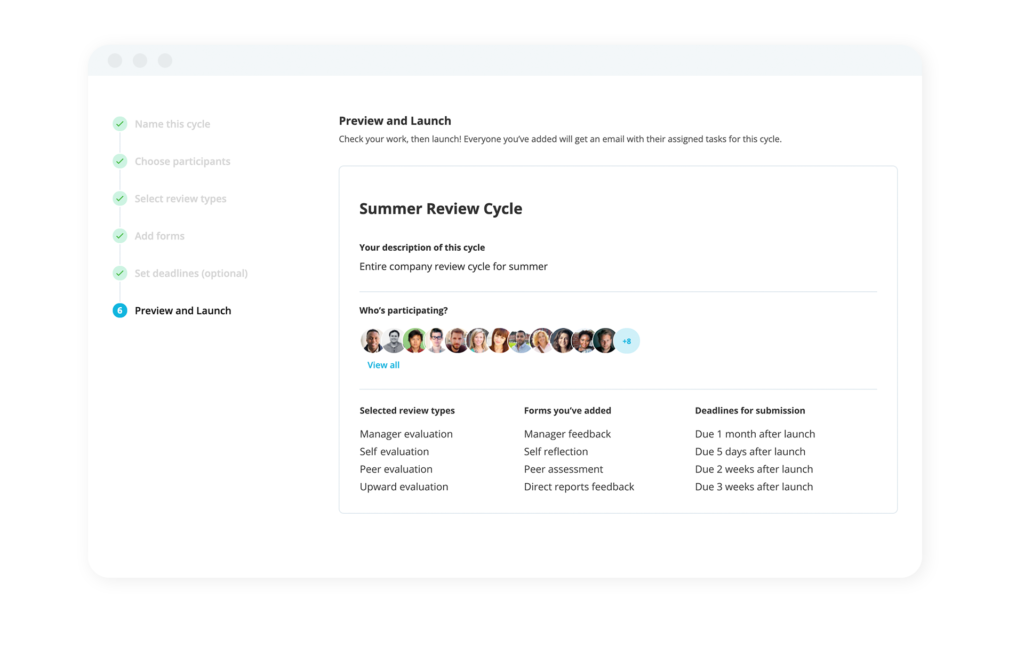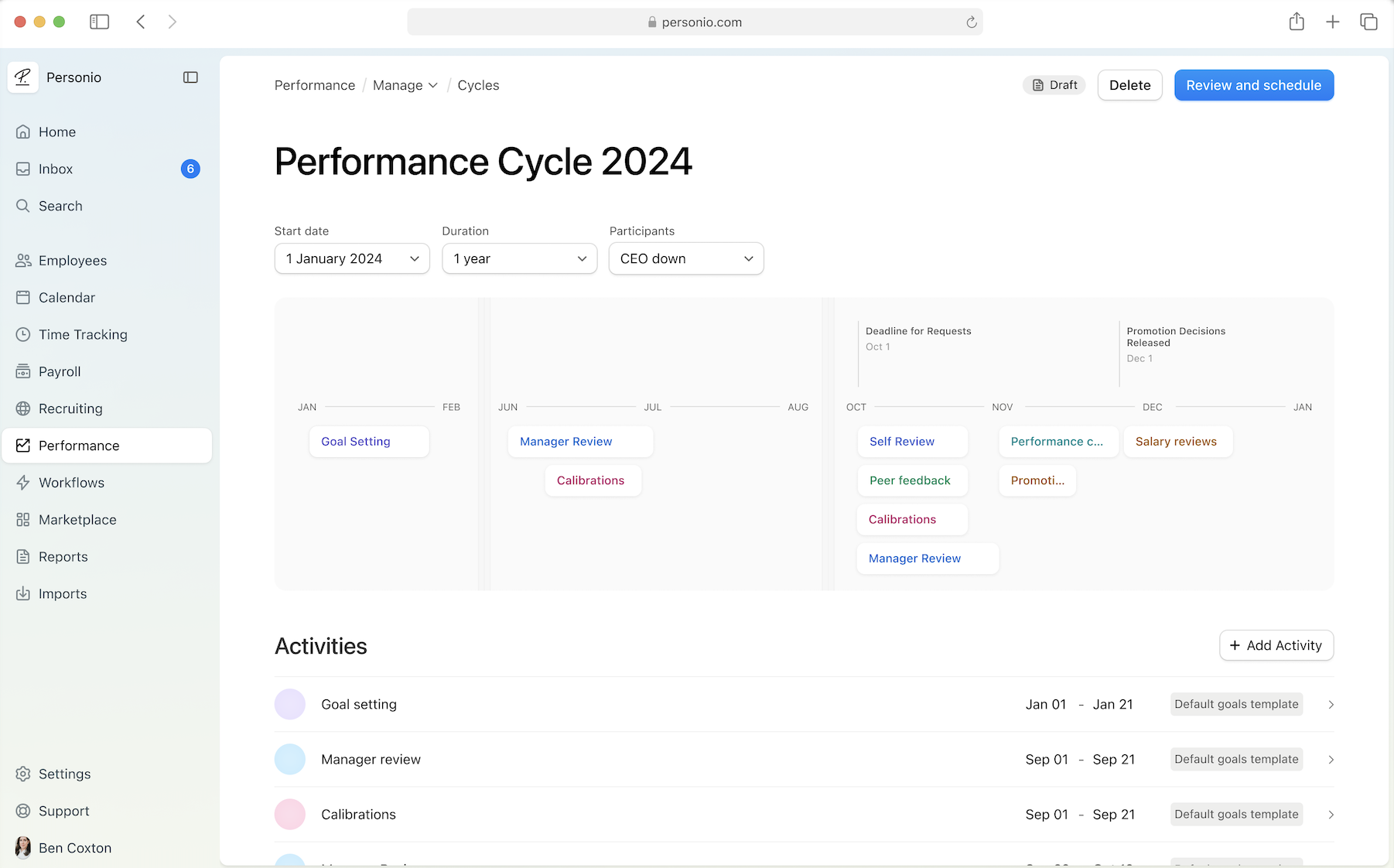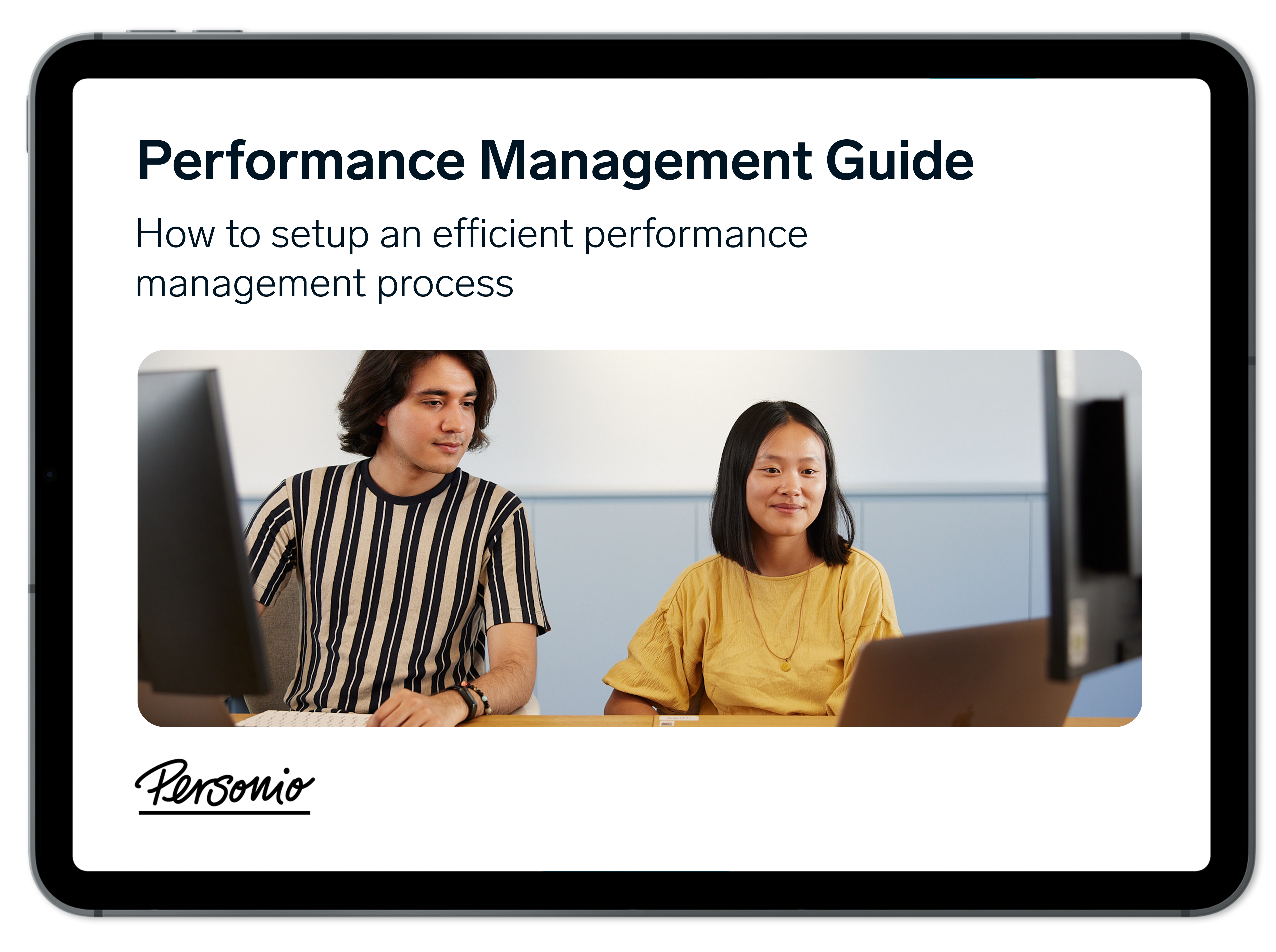How Can the GROW Model Promote Employee Growth?
One of the key responsibilities of a leader is to provide mentorship and coaching to their team to enable better decision-making, skill development and employee growth. But while some leaders receive formal training in coaching, others must develop this skill on their own.
Taking the time to learn and practise a powerful framework like the GROW Model is a great way to become a successful coach and help employees to progress in their careers. This guide will walk you through how to use the GROW model to promote employee growth in any organisation.
Key facts:
The GROW model is the most used workplace coaching model worldwide. It’s an acronym with each letter representing a step in the coaching process: Goals, Reality, Options and Will.
The GROW model is especially effective because it asks the coachee to set short- and long-term goals and describe their current situation before moving on to brainstorming solutions and making a plan.
Coaches appreciate the flexibility of the GROW model, because they can shape each session based on the specific needs of the coachee and their situation.
What is the GROW model?
The GROW model – developed in the 1980s by business coach Sir John Whitmore, Graham Alexander and Alan Fin – is the most widely-used workplace coaching model for employee growth. It includes four steps of the coaching process, with the acronym standing for Goals, Reality, Options and Will.
The framework enables coaches and employees to have meaningful development conversations and set achievable goals by asking a variety of thoughtful GROW model questions.
What does GROW stand for?
GROW stands for Goal, Reality, Options, and Will. Each of these words represents a step in the coaching process. Managers typically use the GROW framework to help employees improve their work performance, solve a problem, identify and learn a new skill, or help them set and achieve a goal.
Goal | Identify the employee’s goal. |
Reality | Establishing present conditions. |
Options | Determining what can be done. |
Will | How an employee can move forward. |
Using the GROW model for coaching
Business coaching brings about a number of benefits, the most common being increased self-confidence (80%), better relationships (73%), improved communication skills (72%) interpersonal skills (71%), and upgraded work performance (70%).
Coaching is one of the most effective learning and development tools a company can use to bolster its performance and employee satisfaction. Over 70% of employees who’ve received coaching came out of their experience with improved work performance, better communication skills, improved relationships, and increased self-esteem.
Let’s not forget about the impressive ROI for companies, too — the median return on coaching is 700%, which means a company can expect a return of seven times their coaching investment.
Many coaching models exist, but the GROW model is especially popular to improve goal setting, problem solving and performance. Read on for more detail on each step, and be sure to read our other post with example questions to guide your conversation.
What are the benefits of the GROW model?
While the framework is highly beneficial to employees, it’s also a great leadership tool. It helps managers and leaders improve their coaching abilities and develop better coaching mindsets and behaviours by following a well-defined process.
It can also be a big benefit to the skills of your workforce. As part of human resources development (HRD), you can leverage the GROW model to help people identify, understand and build on their skills in a meaningful way.
Step one: Decide your goal
The first step in the GROW model asks employees to set short- and long-term goals.
It’s important to build rapport from the start: The coach should aim to understand the employee, build a connection with them and ensure the employee is at ease before determining goals together.
Goals should then be set for each GROW session (short-term) and for the larger obstacle the employee wants to work on (long-term). The goals should be regularly referred to in order to ensure steady progress, encourage ambition and clarify ideas. By clearly establishing what the employee is striving to accomplish, you can direct your attention to solutions rather than obstacles.
Short-term session goals are crucial to avoid the chat veering off-topic, lasting longer than expected or not resulting in concrete outcomes. The long-term goal will be highly dependent on the employee, but could focus on their performance, skills, judgement, or a problem they wish to tackle.
For both short- and long-term objectives, help the employee set SMART goals: This means each goal should be Specific, Measurable, Achievable, Realistic and Time-bound. Ensuring objectives check these boxes will ensure clarity and increase the probability of success.
Step two: Reality check
The second step asks the employee to have a “reality check” – to describe their current reality, so they can work with the coach to uncover what needs to be done to achieve the goal(s) set in the previous step.
This is a fundamental step. People often try to fix an issue or accomplish a goal without taking the time to adequately examine their starting point, and they may be lacking some of the necessary information. This process may uncover potential solutions.
Questions using the four W’s can be helpful to the employee in this step:
What is occurring right now? (What’s the problem?)
Where is it happening?
When is it happening?
Who is involved in the issue?
"Why” questions tend to lead more to opinions than facts, so you can leave those out for now.
Step three: Options
Once you and your teammate have examined the present situation, the next step is to explore options for potential paths to reach the goal.
The coach should then support the employee as they brainstorm options, then weigh each one and choose the most appropriate solution(s). It’s helpful to use the six Ws here to ensure all options are considered:
Who
What
When
Where
Why
How
The coach can share their own ideas during this step, but should give the employee the opportunity to voice their opinion first. Most of the talking should be done by the coachee, not the coach. The aim should be to serve as a guide to the employee, without making the actual decisions for them.
Step four: Will and way forward
By this point, the employee will have set clear goals, examined their current situation and analysed all potential options. They should now have a better understanding of how they might reach those goals.
In order to achieve those results, however, they will need to create an action plan: Specific activities they pledge to undertake in order to advance toward their goals. This step is sometimes also called WrapUp or WayForward.
Discuss with the coachee the exact steps they need to take, how they’ll measure success, which stakeholders need to be involved and any support they might need to reach the finish line. Completing this step can help build the employee’s determination and increase their enthusiasm to follow through on their coaching goals.
Remember: When an employee has a clear and actionable plan set out for them, it increases their buy-in and commitment.
Give Potential Room To Grow With Personio

Automate your performance cycles to open up time for job enrichment with Personio today.
Find Out More
60 GROW model questions to ask today
At each step of the process — Goal, Reality, Options, Will — the coach will ask the employee a set of related GROW model questions. These questions help them gather the insights they need from the employee and develop an action plan to achieve their goal or overcome an obstacle.
Here are some examples of helpful GROW model questions to use in your next session:
Goal questions
How have you been?
What has improved or worsened since your last coaching session?
What would you like to discuss?
What is your number one goal for this session?
Why do you want to achieve it?
What are the benefits of achieving it?
How will you know when you’ve achieved your goal?
Is the goal realistic?
Do you have enough time and resources to achieve your goal?
What do you want to change the most?
What’s your ideal outcome for this situation?
What will happen if you don’t achieve your goal?
What’s the most helpful takeaway you could gain from this session?
How do you think I can help?
Reality questions
What is your current situation (AKA what brought you here)?
Can you provide examples?
Who is involved?
How does this impact you and your work?
How important is it to you?
How urgent is the situation on a scale of one to ten?
What obstacles are stopping you?
How often do you face your obstacles?
What have you tried to do to fix it?
What is the perception of other people involved?
How are you currently being supported in your role?
What behaviours, attitudes, or skills can you improve to help your situation?
Describe your typical day in relation to your goal/obstacle.
How close or far are you from achieving your goal/overcoming your obstacle?
What is your intuition telling you?
What would happen if you didn’t meet your goal or overcome your obstacle?
Options questions
What can you do to solve it?
What has worked in the past?
What hasn’t worked in the past?
What are some alternatives?
Would you like a suggestion?
What are the pros and cons of each option?
Who can help you in that scenario?
Do you have sufficient time and resources to achieve your goal?
If time or resources were no issue, how would you achieve your goal?
What obstacles might you face if you chose that option?
What resources do you need to achieve your goal?
Who do you need support from to achieve your goal?
What might get you off-track, and how will you correct yourself?
Will questions
On a scale of one to ten, how motivated are you to achieve your goal?
How can you increase your motivation level?
What can I or leadership do to help you achieve your goal?
Explain the next steps to me.
What actions do you need to take?
What actions do you want to take the most?
What actions are you least excited to take?
How will we measure success?
What will happen once you achieve your goal?
What will your first step be?
How long will it take to achieve your goal?
How will you stay committed?
Who will hold you accountable?
How will you log or report your progress, and to whom?
What would make the experience more enjoyable for you?
How do you feel about your goal/obstacle now?
When should we touch base again?
Examples of the GROW model in action
The flexibility of the GROW model is one of its greatest strengths. As the coach and employee work their way through the four steps, the framework can be formed to the specifics of the situation, e.g. the employee’s past experience, the goals they set, the speed at which they adapt to changes, etc.
Let’s walk through an example of the flexibility of the GROW model in the workplace.
GROW model coaching example
Amanda is looking to be promoted to a Manager position and has been excelling in her current role for 8 months. Her coach asks her the following questions about her goals to ensure they understand her motivations:
What has motivated you to pursue the position of manager?
What attributes/skills/competencies do you need to develop in order to secure this role?
Are you able to dedicate the necessary time and resources to achieve your goal?
Amanda and her coach then progress to step two, analysing her current reality. Amanda explains that although she has only held her current role for under a year, she had more prior experience than her colleagues. Her performance feedback has also indicated that she had exceptional knowledge and expertise.
Amanda realises that her short tenure in her current role could be used against her. She also knows she hasn’t spent much time mentoring her peers, which would be essential in a managerial role.
Once Amanda understands her current situation, the coach helps her brainstorm options to close the gaps she's identified. This step is especially flexible, as the coach can use what they've uncovered in the first two steps to shape their questions going forward. For example:
What skills can you work on to close these gaps?
Which areas of expertise are needed as a Manager that you have less experience in?
Are there any additional resources or types of support you'll need to achieve this promotion?
After this conversation, the coach and Amanda identify that she needs the opportunity to mentor her peers and increase her leadership skills. Amanda and the coach use the SMART goal framework to create her plan of action (because “will is the way forward”).
HR Best Practice: Coaching With The GROW Model

The GROW model can be adapted to suit the needs of any organisation, individual employee or team. With the right support, this framework can enhance leadership coaching skills, enable employee growth and help your team to reach their objectives.
One of the most important things to remember when applying the GROW model is that it must be a collaborative experience. Whether you’re coaching employees one-on-one or in a group setting, there needs to be a sense of partnership between the coach/manager and the employee(s).
To implement automated and scheduled performance cycles and start using your favourite coaching models, check out Personio’s performance management software.

